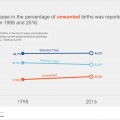
Fertility planning in South Africa.
For most women, the news that they are expecting a baby is a happy event filled with excitement in anticipation of the arrival of their bundle of joy. However, not all births are “wanted”. A recent report by Statistics South Africa entitled Unwanted Fertility in South Africa reveals that about 20% of all births in read more »
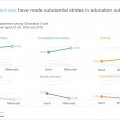
SA’s Millennials have made substantial strides in education outcomes
It is often said that each generation should be better off than their parents. In South Africa, generational changes have largely been impacted by important political changes that affected the choices available to Generation X’ers and Millennials in terms of their educational and labour market participations. According to a recent report, Education and Labour Market read more »
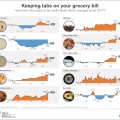
Making rands and sense of price data
How much do South Africans pay for groceries? Stats SA has released a list with prices of 191 popular retail items with data going back to 2017. The list holds some surprises. Pulled from that list, each item in the graphic below has its own unique story. The national average price of a loaf of read more »
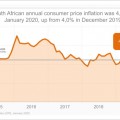
Inflation quickens for a second month in a row
South Africa’s annual inflation rate was 4,5% in January, higher than that recorded in December (4,0%) and November (3,6%). This places inflation right on the 4,5% midpoint of the South African Reserve Bank’s monetary policy target range. The main contributors to the 4,5% rate were food and non-alcoholic beverages; housing and utilities; transport; and miscellaneous read more »
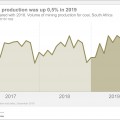
Mining loses shine for the second year in a row
Exactly a week after delegates closed the 26th Investing in African Mining Indaba, Stats SA released data on the performance of the mining industry in 2019. The level of production was 1,3% lower in 2019 than 2018, which in turn was 2,1% lower than 2017. Despite a positive showing from both copper and manganese, a read more »
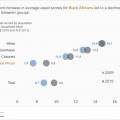
HOW UNEQUAL IS SOUTH AFRICA?
South Africa is known as one of the most unequal countries in the world, reporting a per-capita expenditure Gini coefficient of 0,67 in 2006, dropping to 0,65 in 2015. This is according to the Inequality Trends in South Africa report released by Stats SA. According to the Palma ratio, the top 10% of the population read more »
National Household Travel Survey (NHTS)
Travel is a necessity South Africans travel from their homes to places of work, education, healthcare, for business, for leisure and social activities daily. Travel is a necessity. The increase in urbanisation and population numbers changes the demand for urban infrastructure and transport services. But, how can we know and understand transport needs and behaviour read more »
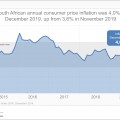
Inflation quickens slightly in December
Annual consumer inflation edged up to 4,0% in December from November’s 3,6%. The main contributors to the 4,0% rate were food and non-alcoholic beverages; housing and utilities; transport; and miscellaneous goods and services. The food and non-alcoholic beverages category recorded an annual rate of 3,9%, slightly higher than the 3,5% recorded in November. Bread and read more »
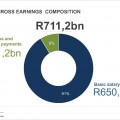
28 000 jobs lost in SA formal sector third quarter of 2019
Formal sector employment decreased by 28 000 in September 2019, with 11 000 full-time and 17 000 part-time jobs shed during the quarter. The September 2019 Quarterly Employment Statistics (QES) survey showed that an estimated 10 142 000 people were employed in the formal non-agricultural sector of the South African economy, which is down by 28 000 from 10 170 000 in the read more »
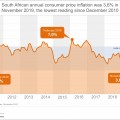
Inflation continues to edge lower
Annual inflation eased further in November, falling to 3,6% from October’s 3,7%. This is the third successive month of disinflation, which means that the pace of price increases is slowing down. November’s reading is the lowest since December 2010 when the rate was 3,5%. The highest rate recorded since December 2010 was 7,0% in February read more »


